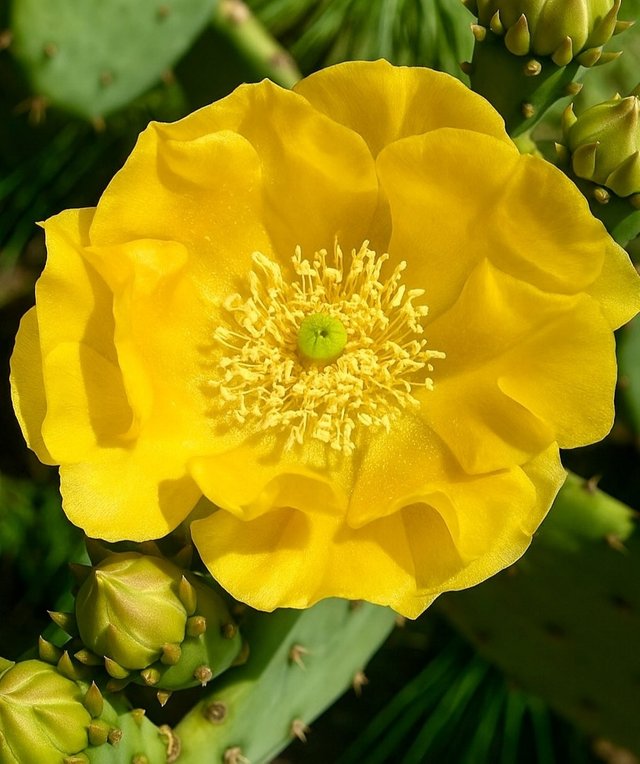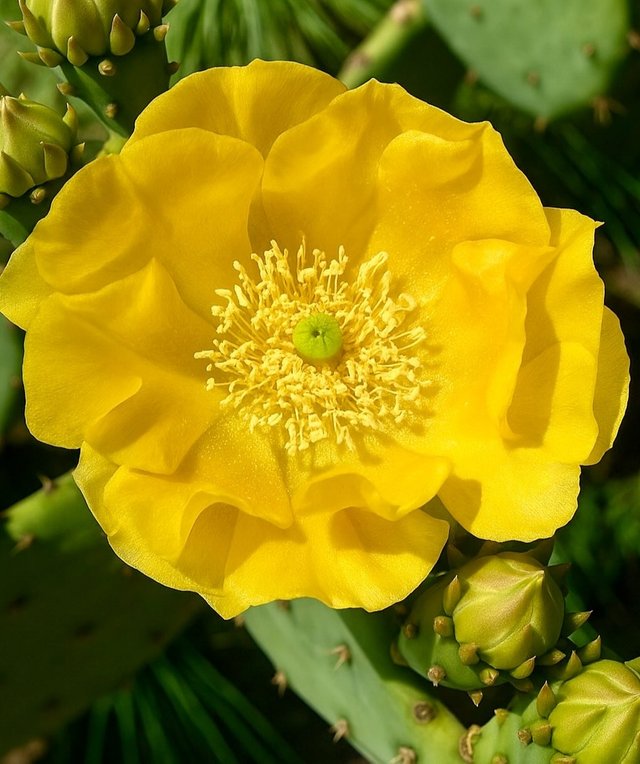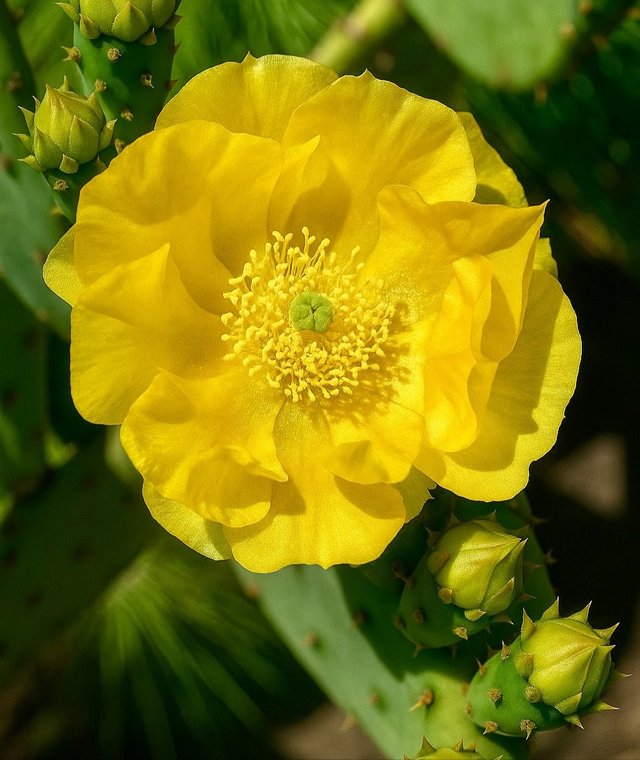Yellow Colour Eastern Prickly Pear Flower
The Eastern Prickly Pear: A Desert Survivor in Unexpected Places
When most people think of cactus plants, they envision the vast deserts of the American Southwest—harsh sun, little rain, and iconic silhouettes on the horizon. But nature always finds ways to surprise us. Enter the Eastern Prickly Pear, a hardy native cactus that thrives not just in deserts, but in the unlikeliest of places—right across the Eastern United States.
What Is the Eastern Prickly Pear?
The Eastern Prickly Pear is a member of the Cactaceae family and is one of the few cactus species native to eastern North America. This low-growing, sprawling cactus features flat, fleshy pads that are studded with clusters of sharp spines and tiny, nearly invisible hair-like barbs called glochids—which can easily irritate the skin.
While it shares many traits with its southwestern relatives, this plant has adapted to a very different set of conditions—humid summers, snowy winters, and a variety of soil types from sandy coastal dunes to rocky outcrops and pine barrens.
Blooming Beauty
Come late spring or early summer, the Eastern Prickly Pear bursts into stunning yellow blossoms, often with a touch of red near the base. These flowers are not just a visual treat; they’re also important nectar sources for native pollinators like bees and beetles.
Once pollinated, the plant produces edible red-purple fruits known as “tunas.” These fruits are sweet and tangy, a favorite snack among wildlife such as birds, rodents, and even deer. Humans can eat them too, but harvesting requires caution due to the glochids.
Ecological Role
Despite its fierce appearance, the Eastern Prickly Pear plays a gentle role in its environment:
Erosion Control: Its root system helps stabilize sandy or rocky soils.
Wildlife Habitat: The pads offer shelter to small animals and insects.
Biodiversity Support: It provides a rare nectar source in ecosystems where such plants are uncommon.




%20(7).jpeg)